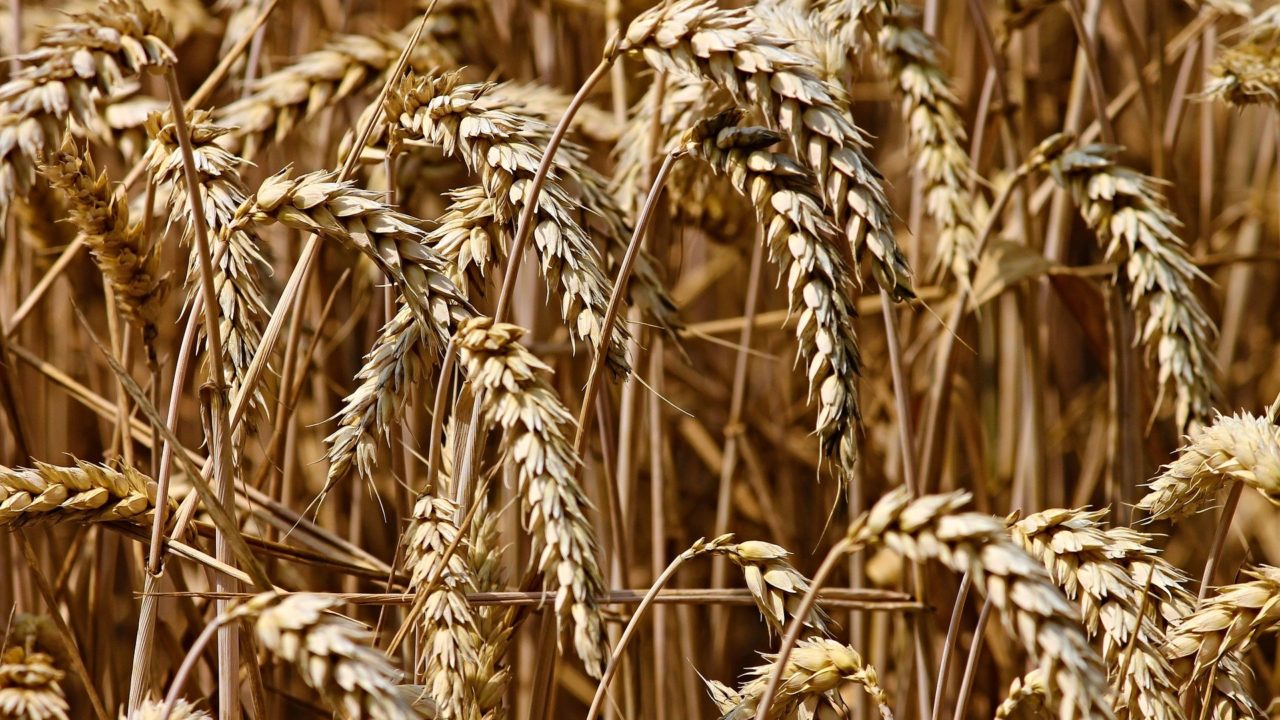The Agricultural and Horticultural Development Board (AHDB) has confirmed a strengthening for the future of UK wheat prices.
By last Friday (February 23), the May 2024 contract was trading at around £167.00/t, which is £3.85/t higher than the previous Friday’s close.
Similar trends have also been discerned in both Chicago and Paris.
Senior AHDB analyst, Helen Plant, has confirmed a number of contributory factors, where this trend is concerned.
These include a potential pick-up in demand, both within France and on international markets.
Last week saw a number of tenders registered from Tunisia, Jordan and Bangladesh through the London Stock Exchange.
Wheat prices
Adding to the upward movement in future prices, are reports that the US could impose new sanctions against Russia to mark two years since the invasion of Ukraine.
Export competition from Russia is weighing on grain markets at the present time.
Finally, warmer weather in the US could prompt some winter cereal crops to leave dormancy. If cold weather were to subsequently returns these crops could be vulnerable to damage.
Plant said: “However, more news seems likely to be needed to support further rises. South American maize prospects remain positive, with planting of Brazil’s Safrinha maize crop going well.
“Following the recent heat wave, the Rosario Stock Exchange cut its estimates for the Argentinian maize crop by 2.0Mt and soyabean crop by 2.5Mt.
“Both forecasts are still well above last year’s level. While more rain will be needed to keep the projections stable, this is forecast for the coming days.
“French winter crop conditions are also broadly stable. As of February 19, 69% of wheat, excluding Durum varieties, and 71% of winter barley is rated as good or very good.”
Ground conditions
Meanwhile, Irish tillage farmers remain a hostage to the continuing poor weather and challenging ground conditions.
Even if the spring planting season proves successful, it is now estimated that the tillage area will fall by 30,000ha, year-on-year.
A potential shortfall in spring cereal seed could well turn out to be key pinch point in this regard.
A recent Teagasc survey confirmed the extent to which tillage farmers missed their planting targets last autumn.
Approximately 60% of growers fell well short of the areas they wanted to plant out.
Adding to the challenge, has been the severe impact of last autumn’s almost continuous rain on new crop establishment rates.
